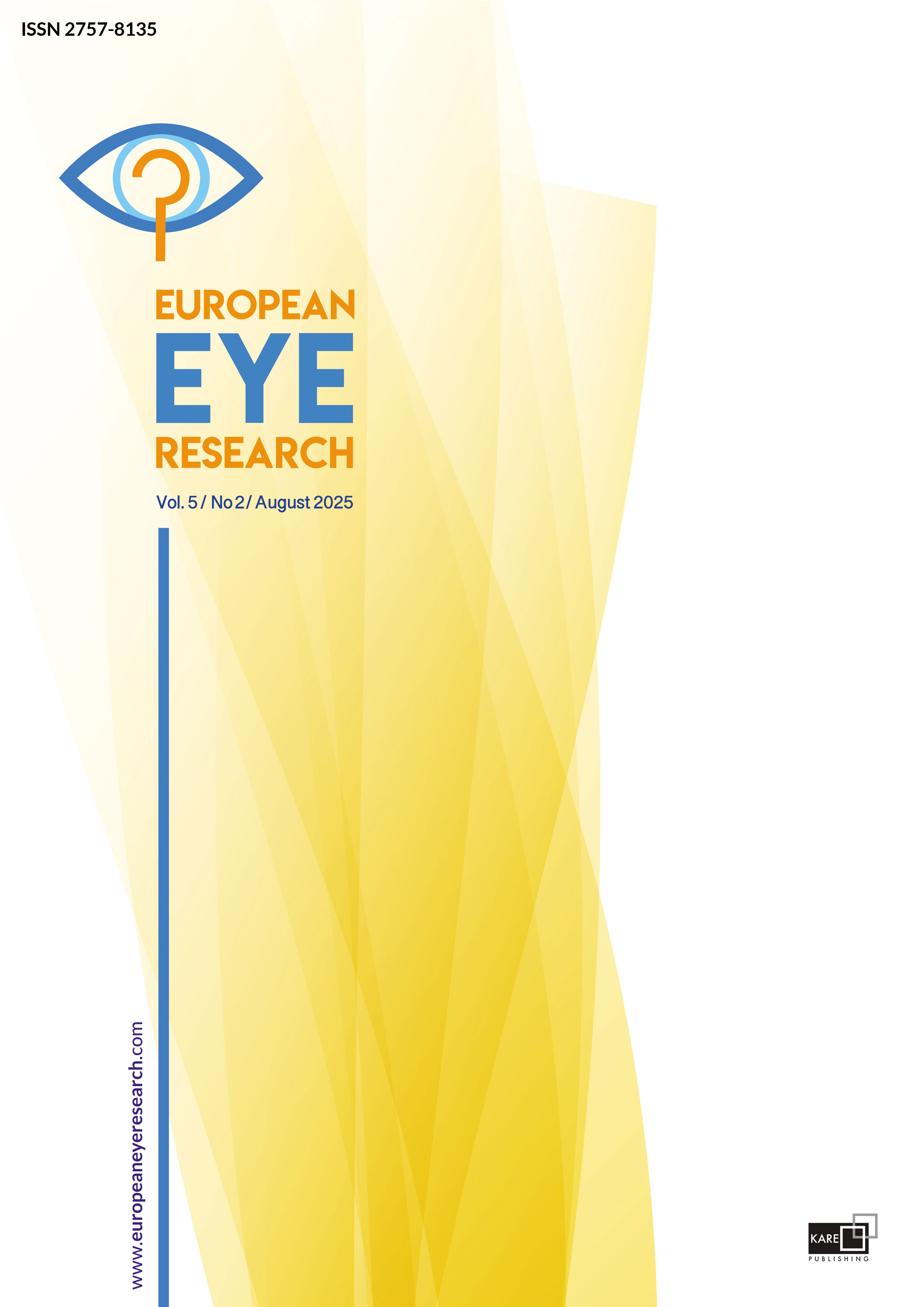

Association of diabetic neuropathy with contrast sensitivity impairment and OCT parameters in type-2 diabetic patients without retinopathy
Hazan Gül Kahraman1, Erdinc Aydin2, Yusuf Ziya Güven2, Ebru Bölük3, Tülay Kurt Incesu41Department of Ophthalmology, Izmir Demokrasi University, Buca Seyfi Demirsoy Training and Research Hospital, Izmir, Türkiye2Department of Ophthalmology, Izmir Katip Celebi University, Ataturk Training and Research Hospital, Izmir, Türkiye
3Department of Neurology, Izmir City Hospital, Izmir, Türkiye
4Department of Neurology, Izmir Katip Celebi University, Ataturk Training and Research Hospital, Izmir, Türkiye
PURPOSE: To demonstrate the retinal neurodegeneration findings caused by diabetes and diabetic neuropathy in patients without retinopathy, anatomically with spectral domain optical coherence tomography (SD-OCT) and functionally with contrast sensitivity (CS).
METHODS: The presence of diabetic neuropathy was objectively revealed together with neurologists by electromyography (EMG). SD-OCT and CS were evaluated in patients with peripheral neuropathy (diabetic peripheral neuropathy [DPN] + group), without neuropathy (DPN- group), and healthy controls. Average and sectoral retinal nerve fiber layer (RNFL) thickness, average, and 6 sectoral quadrants ganglion cell complex (GCC) were compared between groups. Furthermore, CS measurement values were calculated between groups.
RESULTS: Although there were significant differences between the three groups in the average RNFL, in pairwise comparisons there were no statistical differences in the average RNFL between the DPN (−) and healthy control groups (p=0.679). Average GCC thickness also showed significant differences between the three groups (p<0.001). The post hoc test was performed to determine the group that made the difference, it was seen that the average ganglion cell values of the DPN+ group were lower than the other groups. Furthermore noteworthy, when the diabetic group with “no neuropathy” compared to the healthy control group, GCC values were significantly lower in the diabetic group. When the DPN group was compared with the healthy group, CS values were significantly lower in the diabetic group (p<0.001). Analysis of mesopic CS values and each of the average RNFL and GCC thickness indicated significant positive correlations (r=0.238, 0.326, respectively).
CONCLUSION: Our results suggest that there is evidence of early retinal neuronal damage, particularly on SD-OCT, before DPN occurs in patients with type 2 diabetes mellitus. Although visual acuity is unaffected in diabetic patients, decreased CS and GCC may be an early warning for DPN.
Keywords: Contrast sensitivity, diabetic peripheral neuropathy, electromyography, ganglion cell complex, retinal nerve fiber layer, retinal neurodegeneration.
Manuscript Language: English



